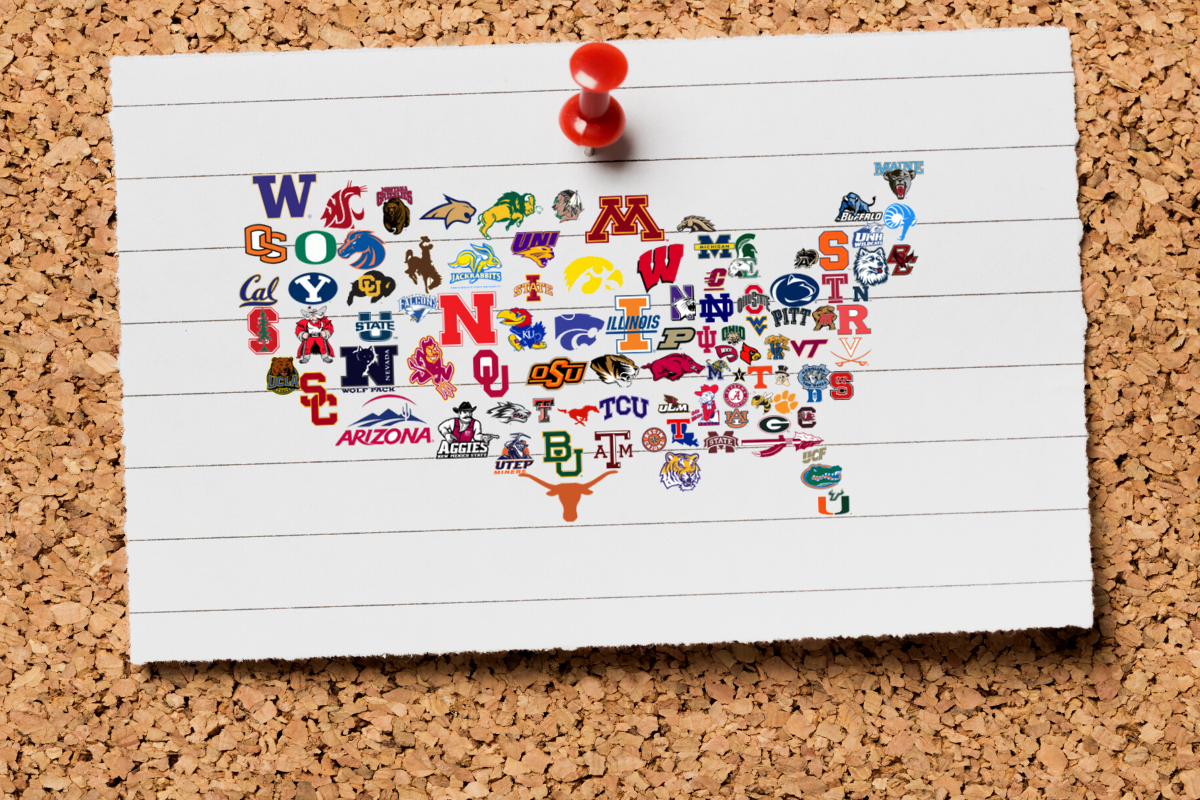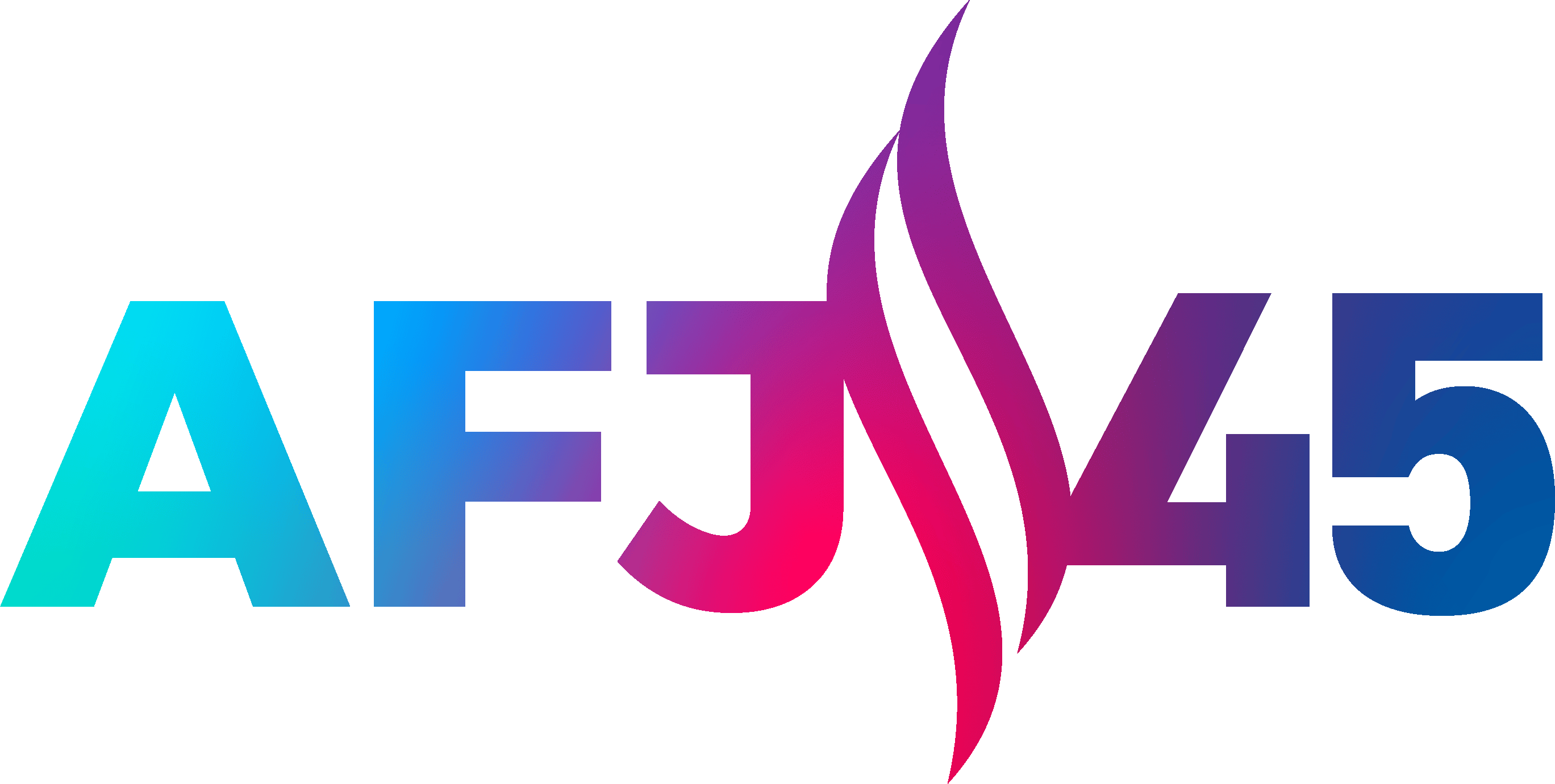From Benchwarmers to Tax-Exempt All-Stars: What the IRS Memo Means for NIL Collectives and Other 501(c)(3) Hopefuls

On May 23, 2023, the Chief Counsel of the Internal Revenue Service (IRS) issued a generic legal advice memorandum (GLAM) addressing the rise in name, image, and likeness (NIL) collectives that are being established as 501(c)(3) organizations. Even though this GLAM letter cannot be used as precedent, it serves as a great opportunity to examine what it means to obtain 501(c)(3) tax-exempt status.
What is an NIL collective?
Now, you may be thinking: what does this GLAM letter have to do with student-athletes and the NCAA? Well, in NCAA v Alston, the United States Supreme Court held that student-athletes enrolled in colleges or universities that are members of the National Collegiate Athletic Association (NCAA) are allowed to benefit from their name, image, and likeness (NIL). This decision means that, even though student-athletes are not compensated as regular employees of the university they represent, they can still obtain compensation through third parties in exchange for their NIL. Prior to this decision, student-athletes were only allowed to receive benefits tied to their education, up to the cost of attendance.
The Alston decision sparked an avalanche of reactions, most notably from the NCAA, its member universities, and the student-athletes involved. This change, combined with the purchasing power and prowess of university alumni determined to compensate the best student-athletes so that they can strengthen their alma mater’s athletic programs, created the perfect environment for NIL collectives. As a result, nearly every Division I university has an NIL collective set up by an alumni fan base or a group of concerned citizens eager to provide more opportunities for these student-athletes. But make no mistake, the main purpose of these NIL collectives is to ensure that student-athletes are compensated for their participation in the school program.
However, some of these NIL collectives were set up as 501(c)(3) organizations, perhaps for the sole purpose of receiving tax-deductible donations. Now, unless these collectives can argue that they have a charitable purpose by providing student-athletes compensation in return for their performance or alliance with a specific university, these organizations have an uphill battle setting up as 501(c)(3)s. Some collectives tried to argue that they were providing a charitable benefit to the community by having these student-athletes participate in fundraisers or make appearances at charitable events. However, as the GLAM letter concludes, “an organization that develops paid NIL opportunities for student-athletes will, in many cases, be operating for a substantial nonexempt purpose—serving the private interests of student athletes—which is more than incidental to any exempt purpose furthered by the activity.”
What is the process to form a 501(c)(3)?
So, in light of this decision, what can we learn about becoming a 501(c)(3) organization? In order to avoid the same fate as these NIL collectives, let’s discuss what it takes to qualify as a 501(c)(3).
According to the IRS, an organization that seeks to obtain 501(c)(3) status needs to have an exempt purpose:
- Charitable;
- Educational;
- Religious;
- Educational;
- Scientific;
- Literary;
- Testing for public safety;
- Fostering national or international amateur sports competition; and
- Preventing cruelty to children or animals.
Further, an organization’s purpose is “charitable” if it serves a specific function, including one of the following:
- Provides relief for the poor, the distressed, or the underprivileged;
- Advocates for the advancement of religion;
- Advocates for the advancement of education or science;
- Erecting or maintaining public buildings, monuments, or works;
- Lessens the burdens of government;
- Lessens neighborhood tensions;
- Eliminates prejudice and discrimination;
- Defends human and civil rights secured by law; and
- Combats community deterioration and juvenile delinquency.
Thus, an organization that is applying for 501(c)(3) status cannot be organized or operated for the benefit of private interests, and no part of its net earnings may inure the benefit of any private shareholder or individual. In addition, the organization will not be regarded as worthy of 501(c)(3) status if more than an insubstantial part of its activities is not in furtherance of an exempt purpose. Coincidentally, this is also why 501(c)(3) public charities are limited in how much lobbying they may conduct, since lobbying is not designated as an “exempt-purpose” for 501(c)(3)s according to the tax code.
Once an organization determines it meets the necessary criteria to become a 501(c)(3), it must complete the following steps in order to receive formal recognition of (c)(3) status from the IRS:
- File for state incorporation and fulfill all state registration requirements;
- Obtain an Employee Identification Number (EIN);
- File IRS Form 1023 with the IRS.
When these steps are completed, the IRS will issue a determination letter confirming whether the organization qualifies for tax-exempt status according to the tax code.
For more information on how to obtain 501(c)(3) status, please visit our 501(c)(3) formation toolkit. This toolkit includes a sample IRS Form 1023 as well as sample articles of incorporation and bylaws.
Now what?
As any good lawyer will tell you, that depends. Congress has shown interest in the discussion of NIL and compensation for student-athletes for quite a while. As a result, several committees have held hearings on college sports and student-athletes. However, despite the interest, Congress has yet to come up with a bill that accurately addresses the compensation problem for student-athletes. As you can probably predict, many in Congress are reluctant to address an issue that has been left for states to regulate, especially one that would drastically impact the landscape of college sports. In the meantime, this GLAM letter is helpful to determine what it means to obtain status as a 501(c)(3) organization. It is also a great opportunity for me to say #GODUKE and #ROLLWAVE without angering my colleagues during staff meetings.
